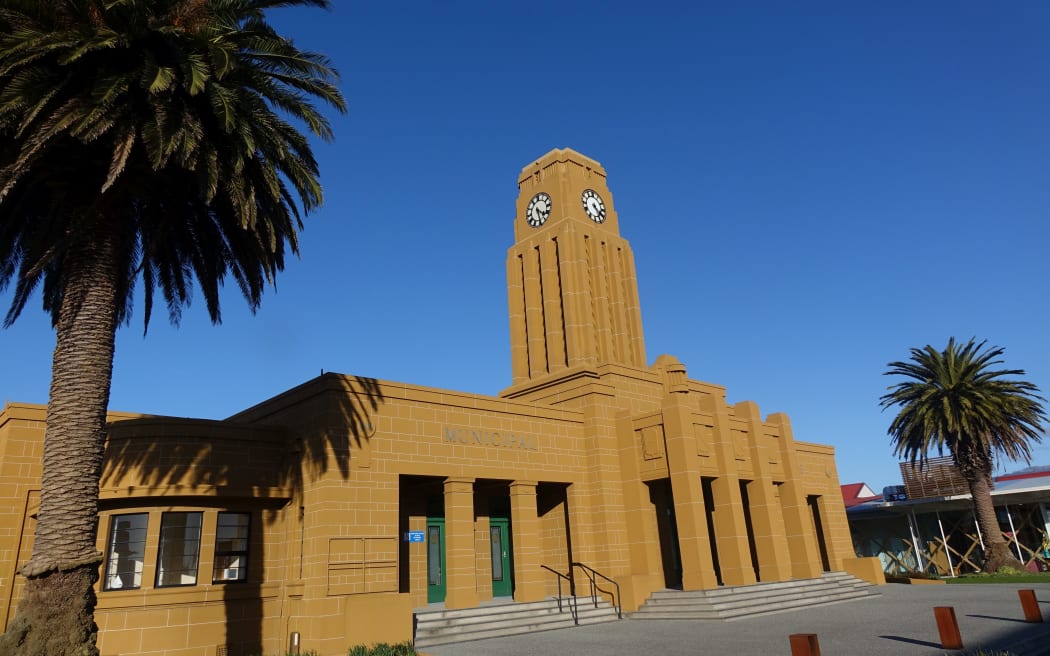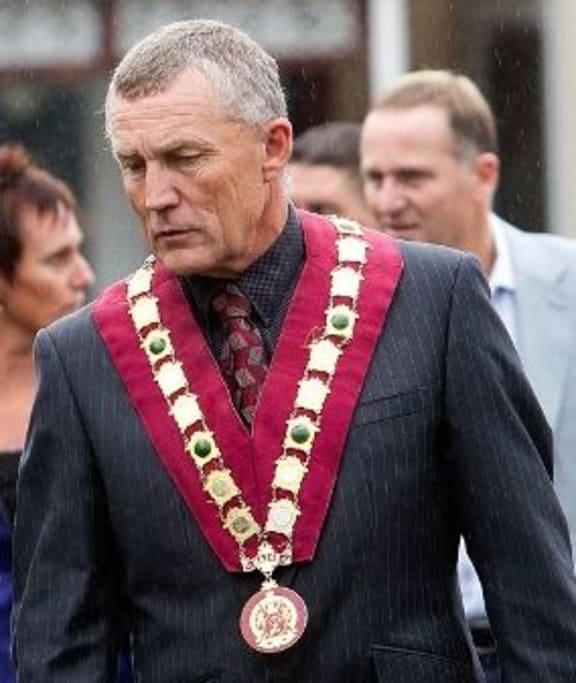West Coasters are being asked if they want one council instead of the four they now have.
It is one option that the Local Government Commission is looking at in a bid to streamline services for what is a relatively small population across a large area.
The four councils - the West Coast Regional Council and the Grey, Buller and Westland District Councils - currently look after roads and services that stretch the same distance as Wellington to Auckland. They do so from a rateable base of just 23,000 properties.

The West Coast's population of 33,000 is served by four councils. Photo: RNZ/ Tracy Neal
The commission has asked residents for their thoughts on merging some services, including the possibility of one agency to run roads and resource management.
Grey District mayor Tony Kokshoorn said the commission was taking a cautious approach in order to get some traction.

Tony Kokshoorn Photo: AFP / FILE
"We have four councils here, we have 33 councillors for 33,000 people, so it's good to be able to reorganise and have a look, even though the leaning at the moment is really looking towards shared services."
That could include roads (funding and maintenance) and resource management, where there was a lot of duplication, Mr Kokshoorn said.
Council amalgamation would be a big step for the region, because of concerns over centralisation and loss of representation, he said.
From his own experience, including his failed petition in 2008 for a unitary council, it was best to strive for models which encouraged closer co-operation.
"West Coast runs from Karamea to Haast, which is 600km. The commission is aware of that, and they're aware communities here are very tribal, and they do want their own representation," he said.
A former Westland District councillor and pro-amalgamation lobbyist, Anthea Keenan, said the process now under way was about finding a way to better manage costs for ratepayers. She said a small pool of them was bearing the cost of too many duplicated services.
Median incomes on the Coast hover around $30,000 a year.
"What we want to do is keep rates at an affordable level, and there are ways and options for doing that. I know very well there are policies within all of those councils which could be standardised, which would reduce workloads and administration," Ms Keenan said.
Council overheads were too high, and their business models were poor examples of efficiency, she said.
"We haven't got the jobs to sustain the increases that are happening. When you're there within it, and you look at the overhead costs, there's no way any local business here could run like that."
West Coast-Tasman Labour MP Damien O'Connor said he was aware many 'Coasters' wanted a review.
He said he understood the challenges faced by local authorities, which had a responsibility to ensure good basic infrastructure that made communities attractive enough to retain people, and entice more in.
"That pressure is on only a few ratepayers - you can't blame the councils for the pressure on them, but we need to ensure councils are doing things as well as they can.
"I think there's a view we can perhaps have a better 'can do' attitude rather than a 'can't do' attitude, which seems to prevail in too many councils across the country," Mr O'Connor said.
Mr Kokshoorn was guarded on whether better streamlining could lead to job losses.
"Probably some, but very few. It's more around making the whole system here on the West Coast work better. There's certainly a lot of money to be saved for ratepayers, by collaborating."
The commission's coast-wide consultation ends on 30 June. It will analyse feedback and report back in August. If there is enough support for change, it could call for options on how the region's councils could be structured or how services are provided.
It could also put forward specific options identified by the consultation and invite further feedback.

